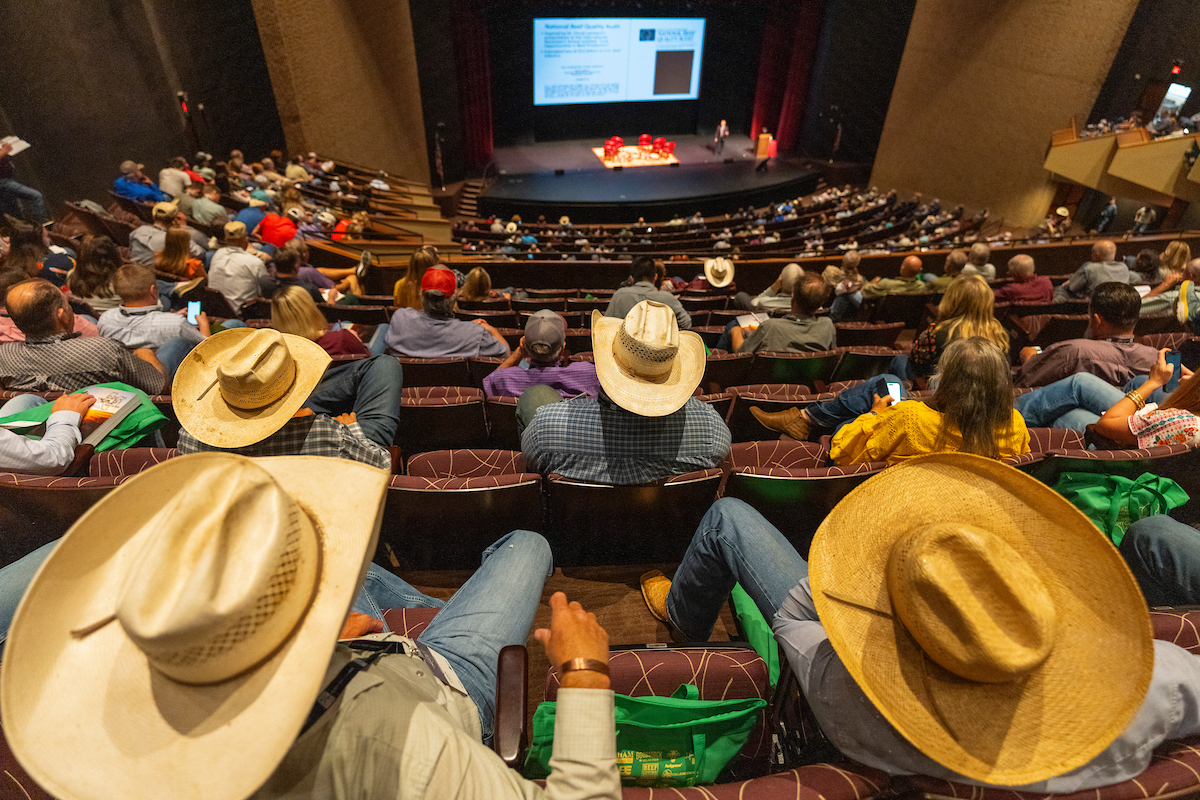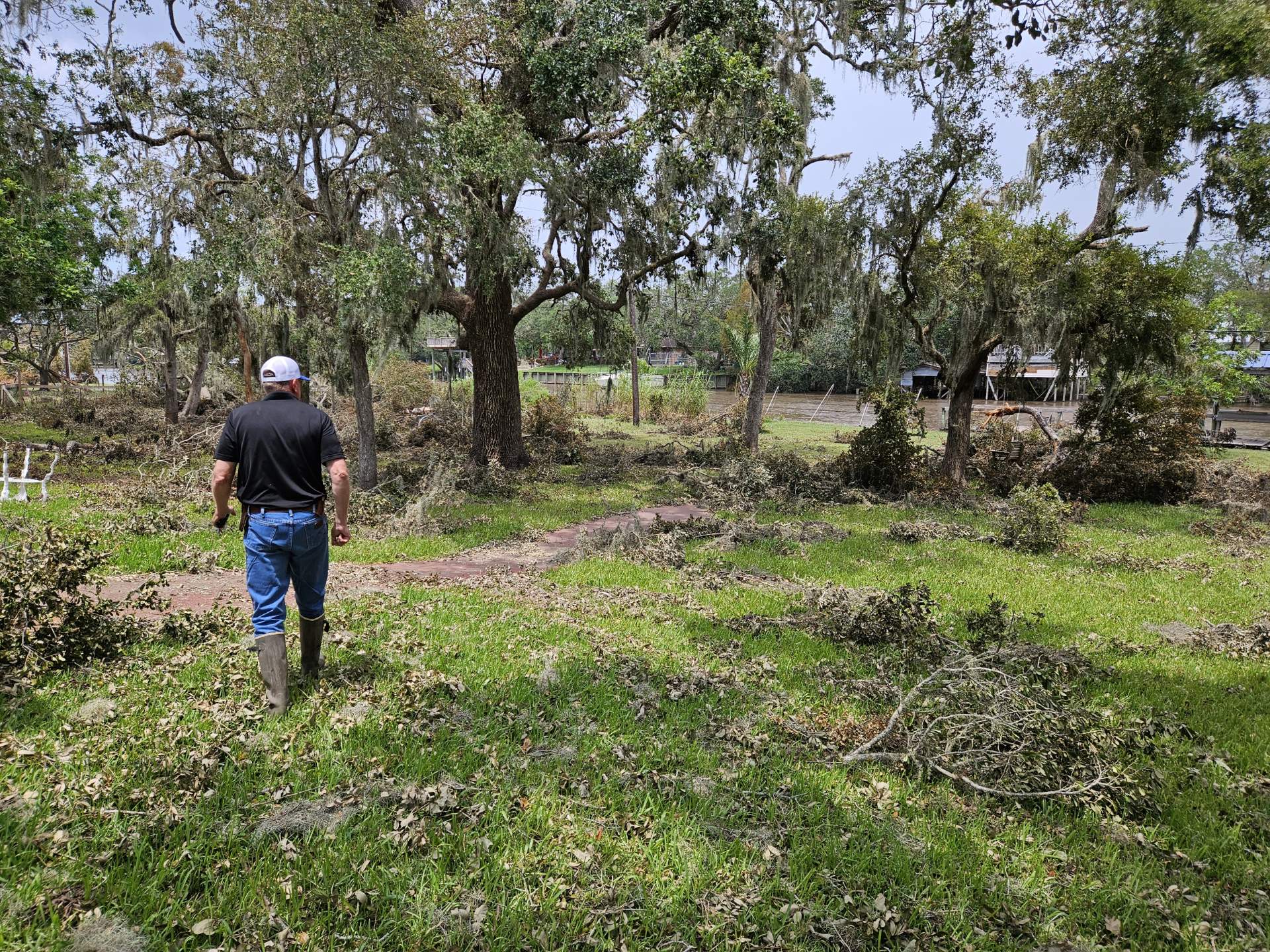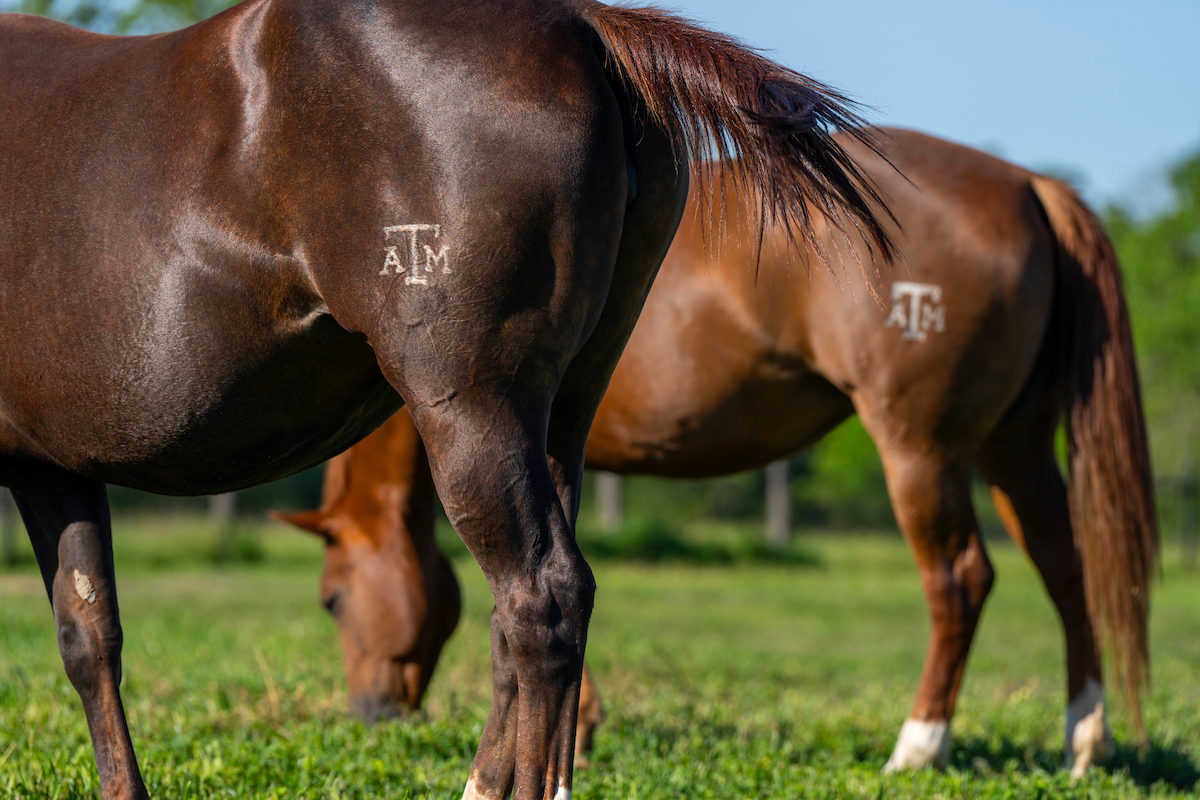Replacing thousands of miles of burned fences in the Texas Panhandle
AgriLife Extension offers repair and replacement tips
An overwhelming task lies ahead for ranchers whose pastures and ranchland were burned by the wildfires that left thousands of miles of fencing to be repaired or replaced.

Texas A&M AgriLife Extension Service beef cattle specialists Jason Smith, Ph.D., Amarillo, and Ron Gill, Ph.D., Stephenville, said producers should begin by focusing their efforts on perimeter and boundary fences and viable pastures with water sources.
Interior cross fences can receive less priority as they can be temporarily constructed as needed.
“Prioritize fence repair and replacement in pastures with functioning, reliable, long-term water sources,” Smith said. “Fences in pastures with only seasonal or surface water, or with wells that require repair before they can pump water again should receive lower priority and be repaired or replaced after fences in pastures with more reliable or functioning water sources have been mended.”
Repairing and replacing fences with a purpose
When considering what fences to replace, Smith and Gill said ranchers should keep in mind that fencing age influences the breaking strength and elongation potential of 12.5-gauge zinc-coated barbed wire.
A study by Oklahoma State University showed that fire did not affect breaking strength and elongation potential, regardless of the discoloration of the burned wire. The zinc coating remained. These effects held true through six separate fires included in the study’s experiment.

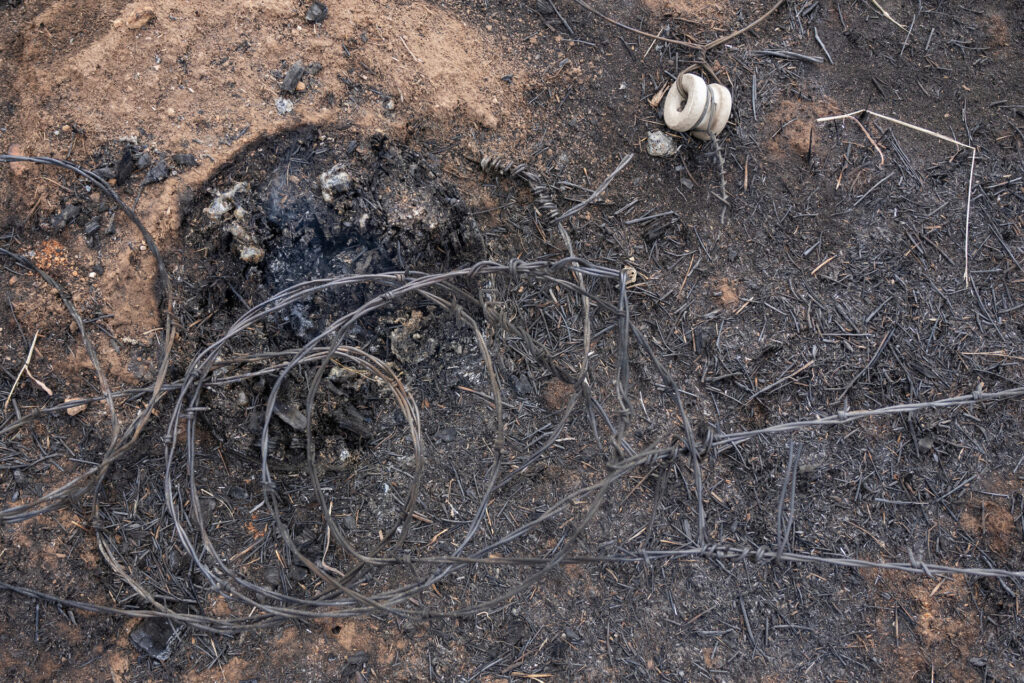
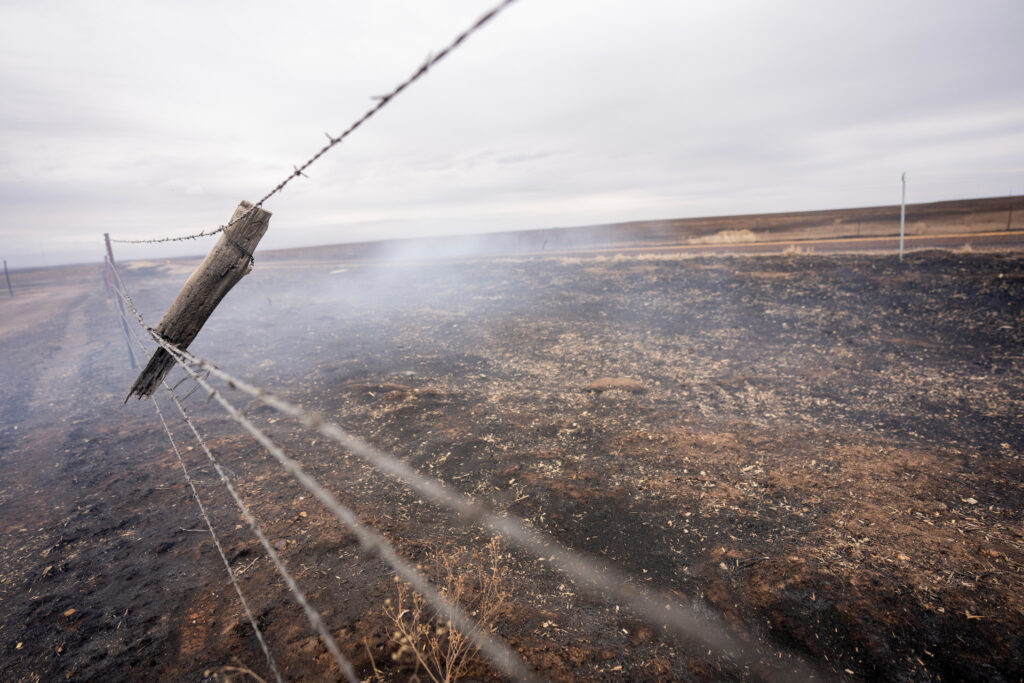
Some other guidelines provided by Smith and Gill include:
– Construct fencing that will allow for rangeland recovery. That might involve using temporary or permanent fencing to keep cattle off the burned areas until adequate recovery of rangeland forages occurs.
– Priority should also be given to replacing or repairing the oldest fences damaged by the fire. While many wooden posts, braces and stays may need to be replaced, that may not be the case for burned wire.
– Reflect upon previous fence locations. Some fences may not have been constructed in the best location. For fences that need to be replaced entirely, this may be the best opportunity to re-position the fence to better meet your operation’s needs.
– Strongly consider the location of gates, and position of fencing relative to watering locations and working pens. Reflect upon previous limitations and consider how the position and layout of the newly constructed fence may improve grazing management, simplify livestock movement, or benefit wildlife.
– Consider the working life expectancy of different materials and their resilience to future fires.
– Be mindful of how fence type and material may influence wildlife movement.
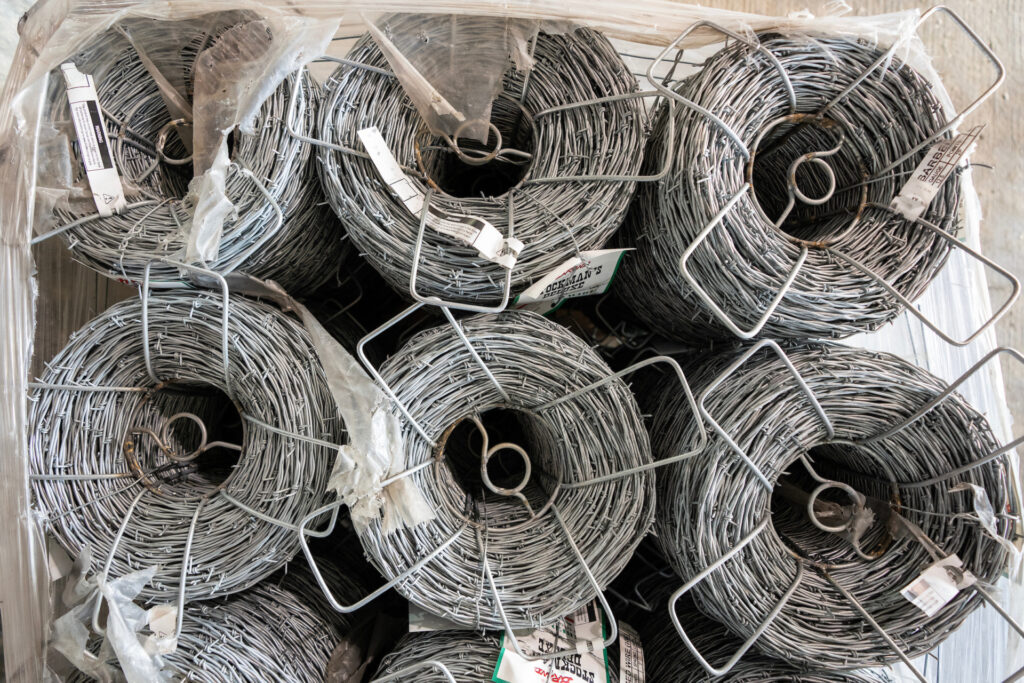
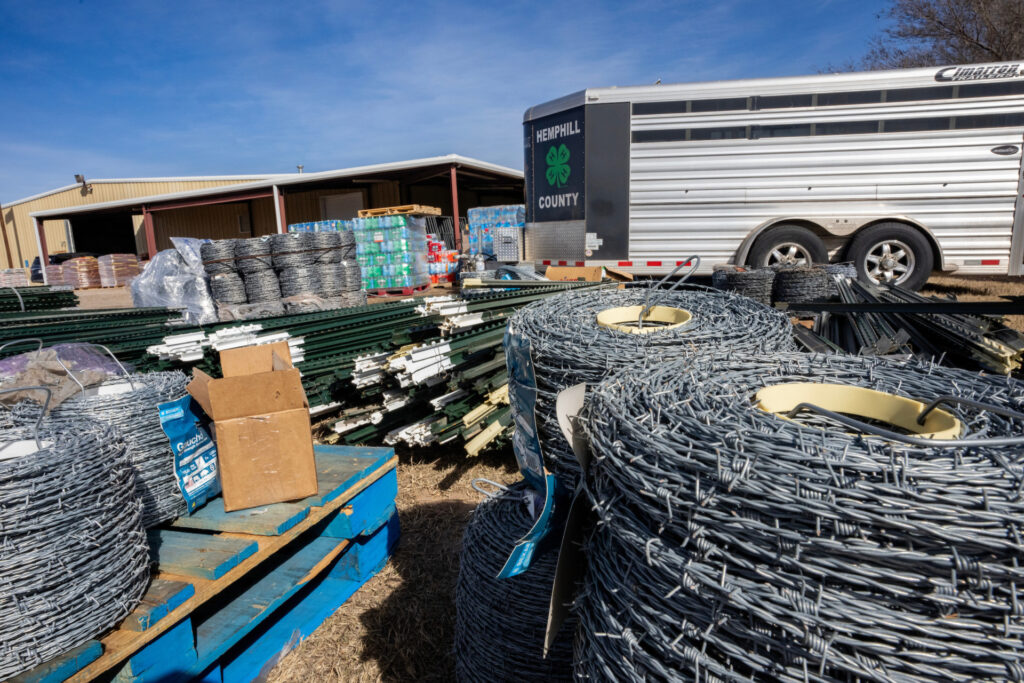
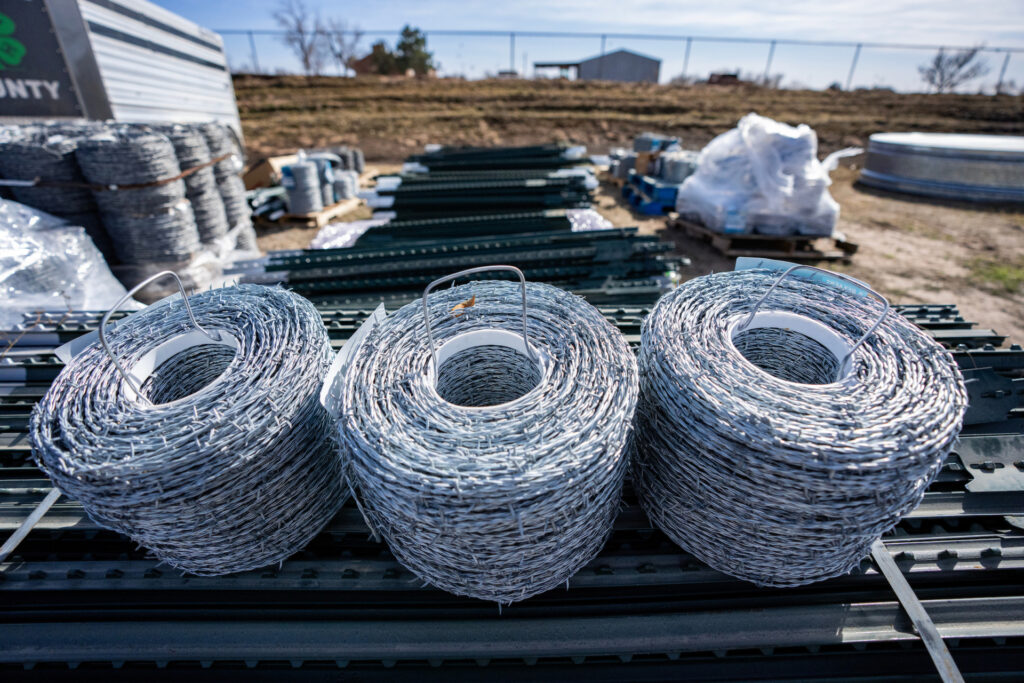
Rebuilding fences: Specifications could matter
Some ranchers may be looking into programs through the U.S. Department of Agriculture, USDA, Farm Service Agency, FSA, that may be available to assist producers who suffered losses on their land or with livestock and fences due to the fires.
The Emergency Conservation Program, ECP, provides emergency funding and technical assistance to farmers and ranchers to rehabilitate farmland and conservation structures damaged by natural disasters and implement emergency water conservation measures during severe drought. One qualifying practice is restoring fences on agricultural land — livestock cross fences, boundary fences, cattle gates or wildlife exclusion fence.
Also, the Environmental Quality Incentives Program, EQIP, is administered by the USDA Natural Resources Conservation Services, NRCS, office and offers financial assistance to landowners to address certain natural resource concerns.
Building fences that may qualify for federal funding will require meeting their specifications, so these may be things to look for when buying or picking up donated materials. Keep all receipts for documentation purposes if a government program could be used or for insurance purposes.
Wire
– Barbed wired must meet ASTM-A121
– Smooth High Tensile wire must be 12.5-gauge, 1,300-pound break strength, tensile strength exceeding 170,000, and be Class III galvanized or above.
– Wire clips must be galvanized and match or exceed fence wire strength.
T Posts
– 6 feet, not less than 1.25 pounds per foot galvanized or painted
Pipe
– Steel 2 3/8 inch minimum, but bigger is fine.
For more details or information on any government program participation, contact your local USDA-FSA or USDA-NRCS office.
Donating fencing materials
Several Animal Supply Points are set up through AgriLife Extension and fencing materials have been identified as a primary need. Those who are planning to donate fencing supplies should follow the specifications identified by USDA.
To donate, contact the following supply points and coordinators:
- East Location Animal Supply Point: Clyde Carruth Pavilion, 301 Bull Barn Drive, Pampa. Contact Marcus Preuninger at 806-669-8033.
- North Location Animal Supply Point: Canadian AH&N Ranch Supply, 100 Hackberry St., Canadian. Contact Andy Holloway at 806-323-9114.
- West Location Animal Supply Point: Industrial Park, 407 Industrial Blvd., Borger. Contact Hanna Conner, 806-878-4026.
More preparedness and recovery information may be found on the Disaster Assessment and Recovery website. Safety tips and wildfire resources are also available on the Texas Ready and the Texas A&M Forest Service websites.

